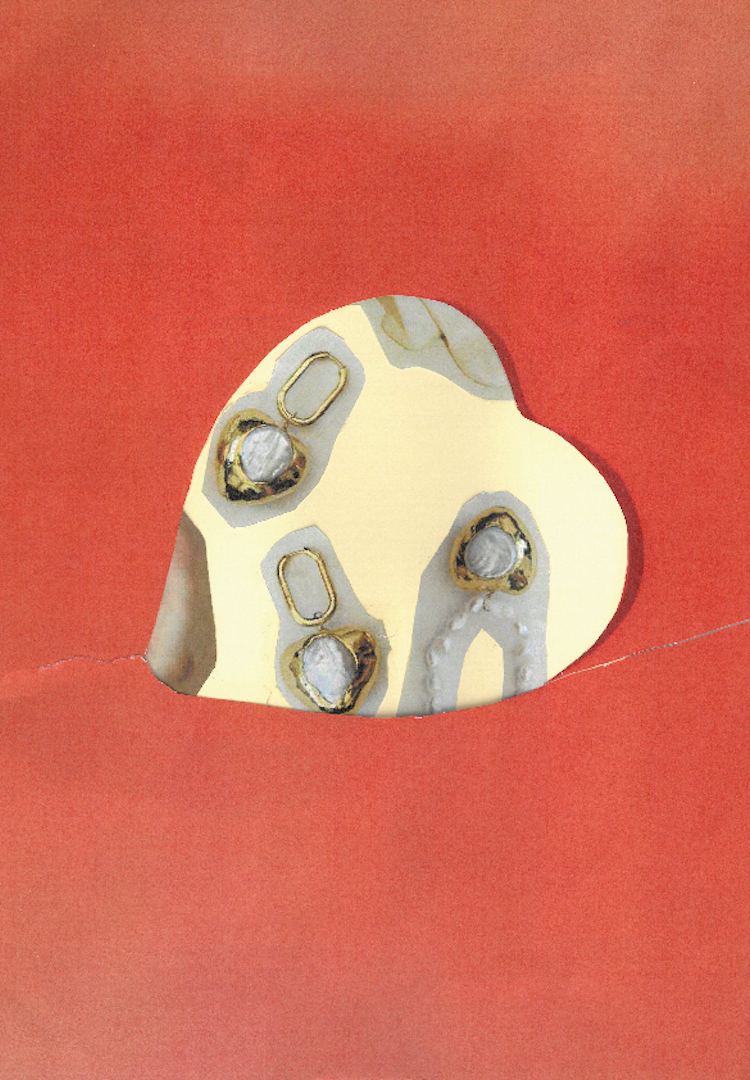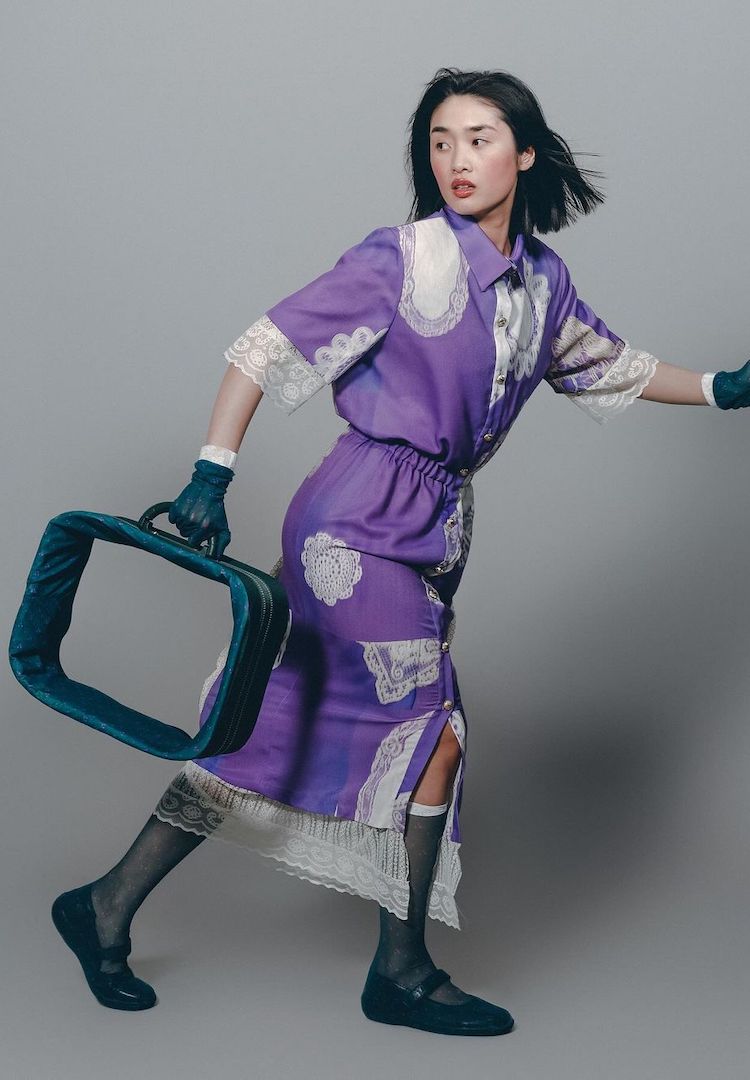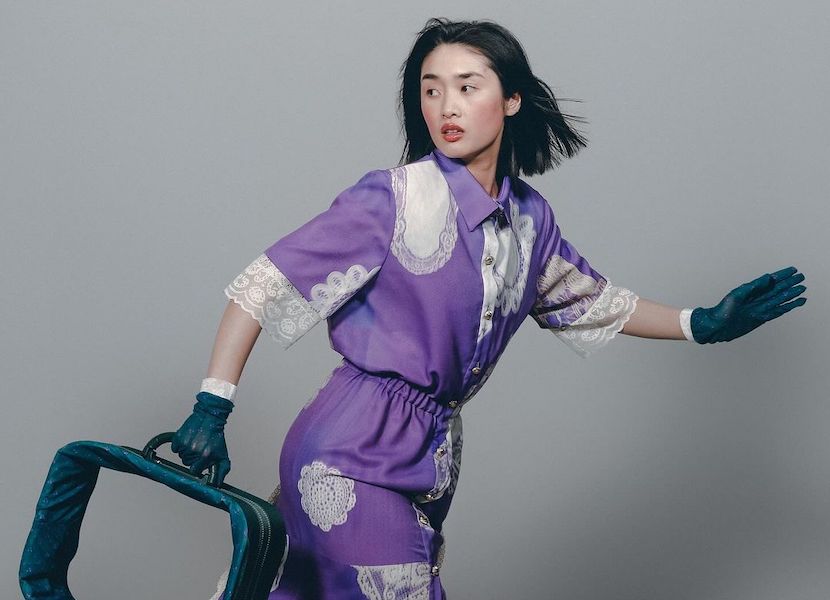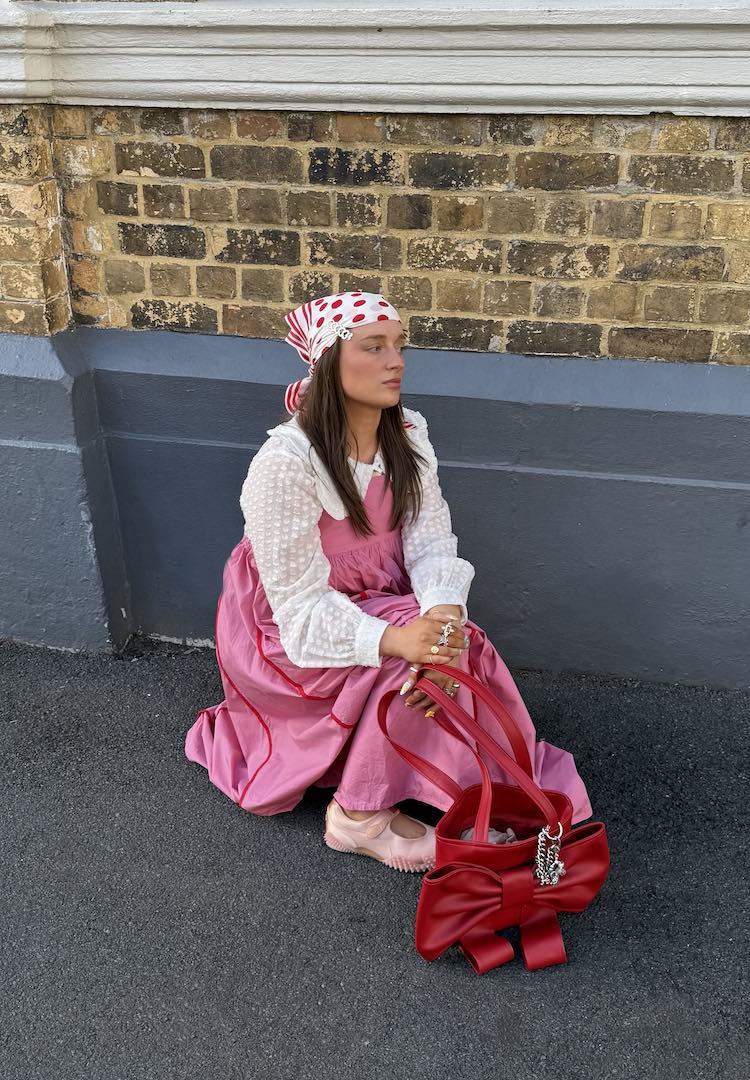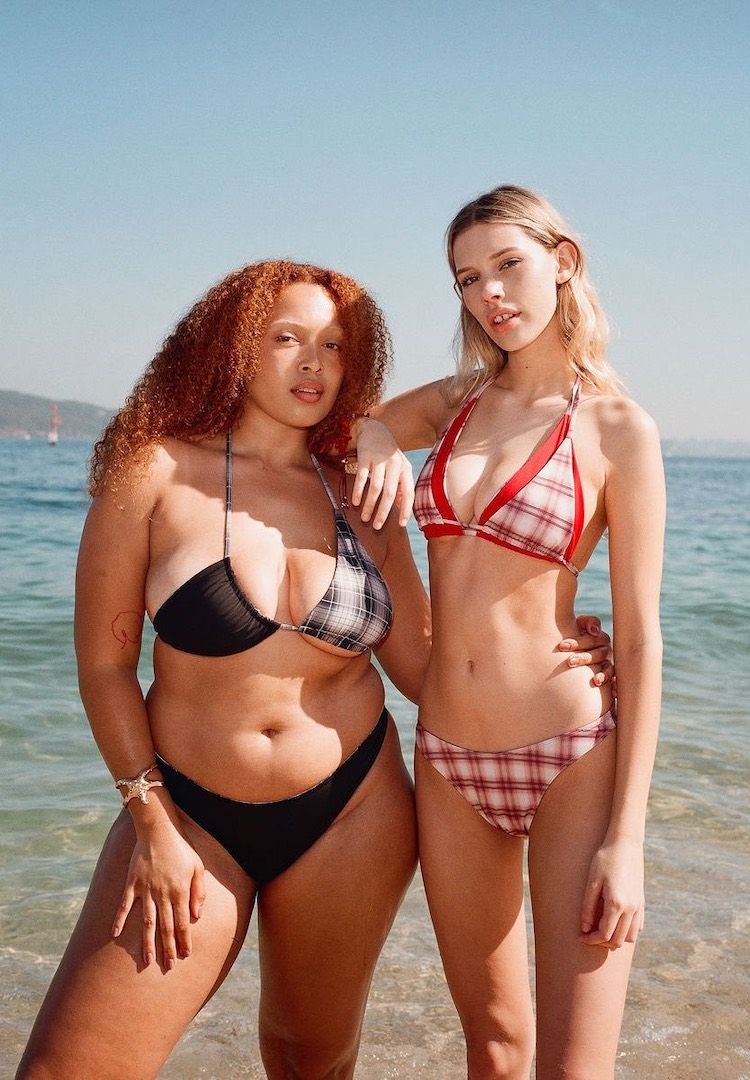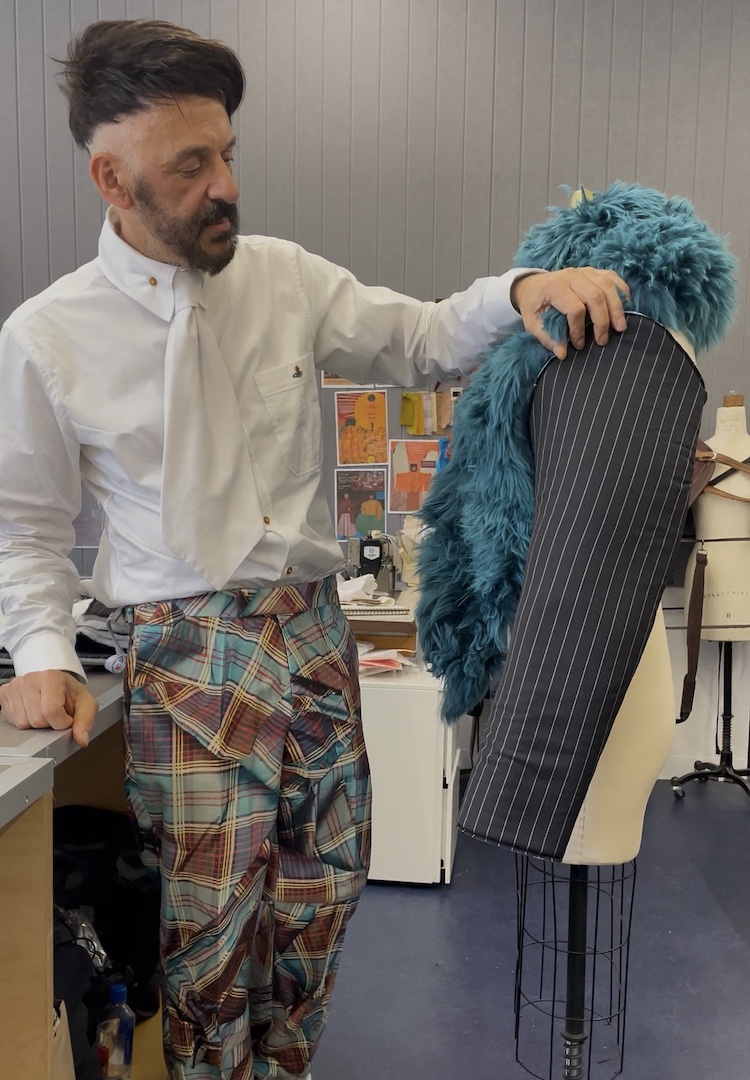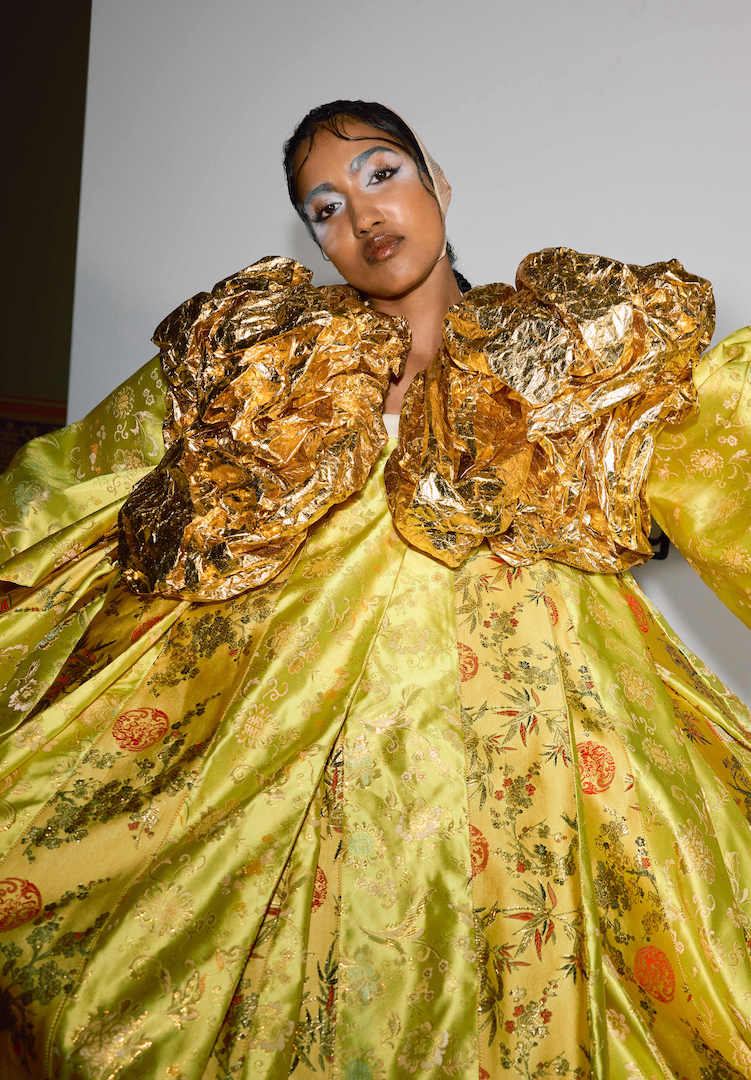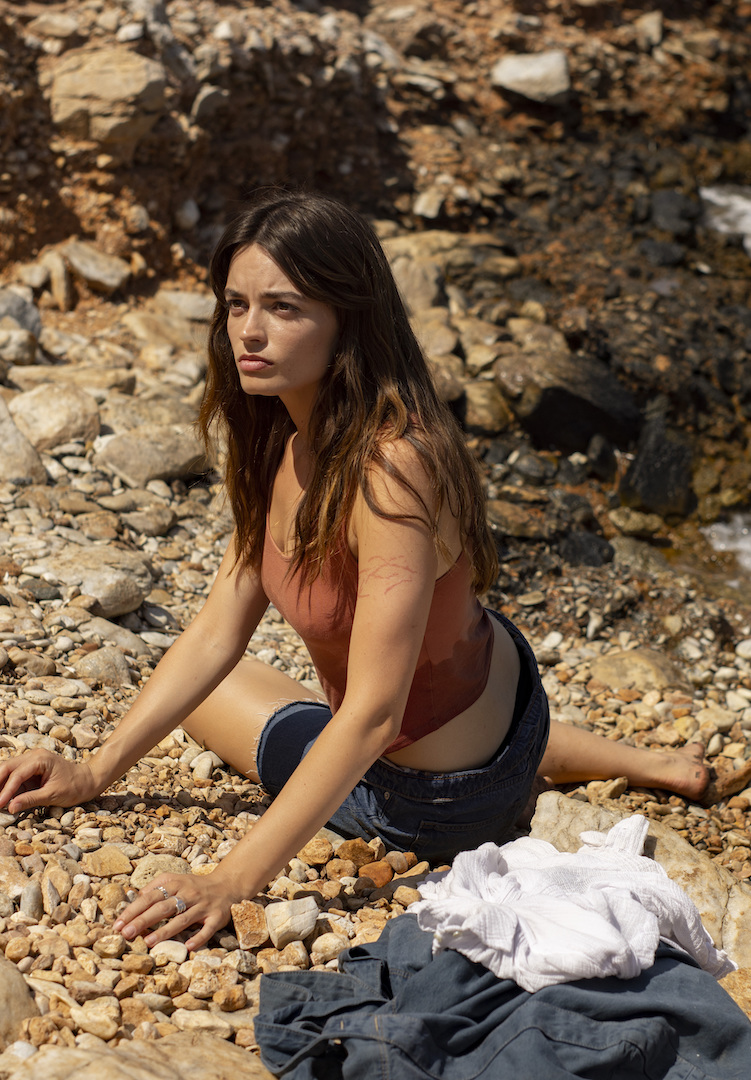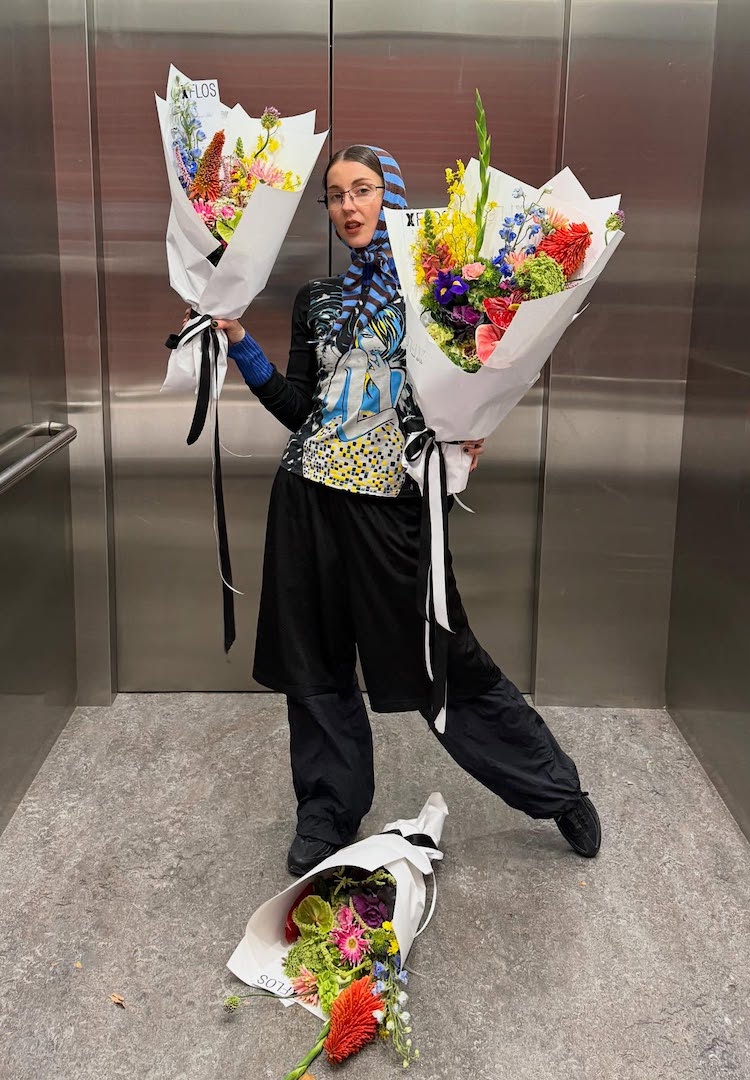Emerging Melbourne designer Leanne Choi is exploring cultural identity and storytelling through fashion
PHOTOGRAPHY – MIRA PEDLER
PHOTOGRAPHER’S ASSISTANTS – Cuiting Wu AND Yuxi Liu
HAIR AND MAKEUP – Kate McWilliam
MODEL – Jenny Guo
WORDS – YASMIN GOWER
“This collection unpacks these small everyday customs, experiences and materials, exploring themes of diffusion and appropriation.”
As an official media partner of PayPal Melbourne Fashion Festival, Fashion Journal is excited to once again be supporting the National Graduate Showcase x Emporium Melbourne, celebrating Australia’s top-ranked emerging fashion design talent. The top 10 leading graduates from across the country will exhibit their collections in a boundary-pushing presentation, showcasing experimental design and innovation.
Over the next few weeks, we’ll be profiling each designer through a series of interviews. Next up is Leanne Choi. Inspired by her Australian-Chinese heritage, Leanne’s designs weave together personal narratives and cultural identity.
Looking for more fashion news and features? Head to our Fashion section.
Her graduate collection, Copy, Hold, Fold: What Is Inside the Suitcase, is infused with nostalgia and challenges conventional notions of fashion and waste. Below, she tells us how her family’s history shaped her work.
Please introduce yourself to our readers.
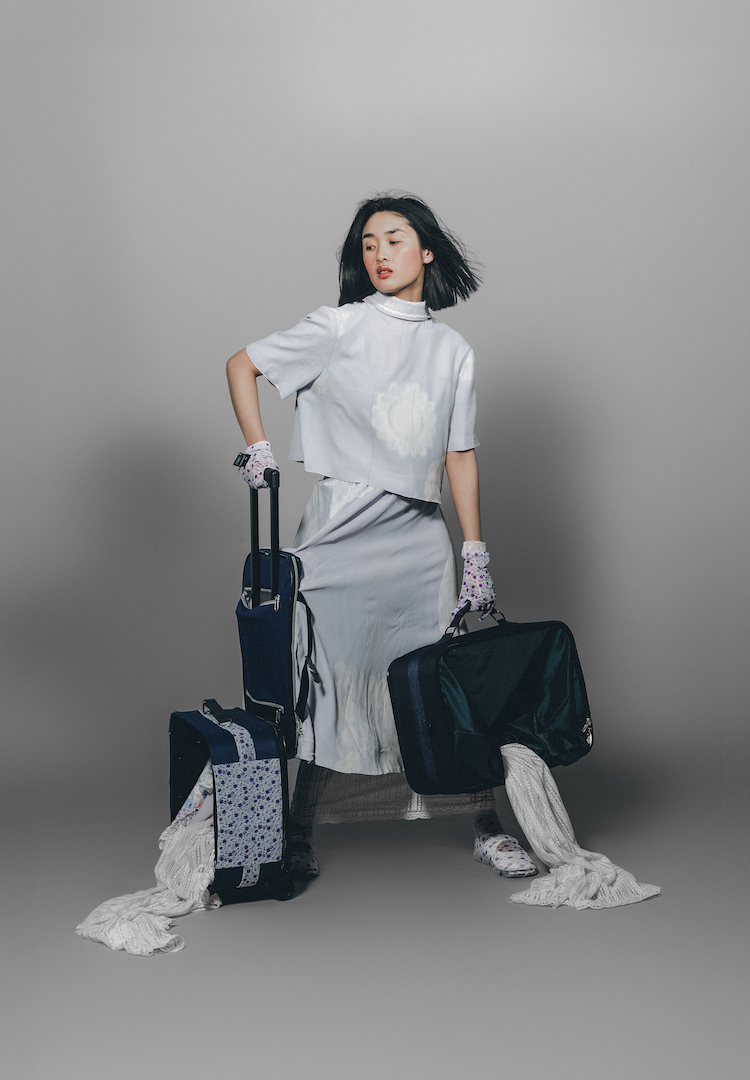
My name is Leanne Choi, and I recently graduated with my Master of Fashion Design at RMIT. I am an Australian-Chinese interdisciplinary designer with interests in fashion, textiles, publication, arts and object design. Exploring and connecting to my diaspora identity means a lot to me and is a big part of my creative work.
Tell us about your collection.
Entitled Copy, Hold, Fold: What Is Inside the Suitcase, it is a research-driven project that brings together my personal and collective diaspora experiences between Australia and Hong Kong. The experience started from unpacking my grandma’s and mum’s wardrobes.
When I was younger, my grandma sent a selection of her clothes and fabrics from Hong Kong to us, which Mum packed away in a suitcase for years. These items didn’t mean much as clothing to wear but [they] had so many memories and feelings of my family and culture. This collection unpacks these small everyday customs, experiences, and materials, exploring themes of diffusion and appropriation.
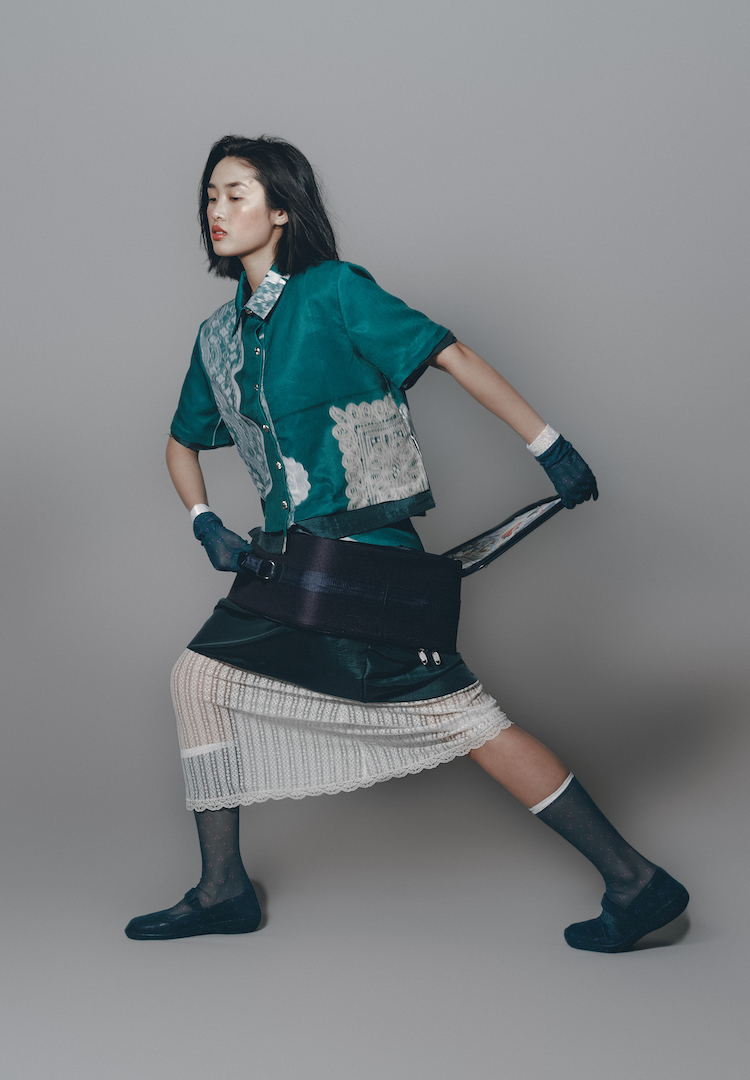
The suitcase marks a beginning, and subtly my parent’s migration to Australia. Inside the suitcase is one outfit, being this necessity. The garments resemble silhouettes of my grandma’s clothing. The object-garment builds on these feelings of constant confusion, transition and loss in its way of transforming from suitcase to garment and back.
This collection tries to find ways of storytelling and ways to share a connection in a less serious and sensitive manner, if possible. More than just creating something new, it observes and gestures subtle connections between past, present and future generations.
When did you know you wanted to get into fashion and textile design?

When I took my first sewing lesson in [my] Year 7 textiles class, I remember I felt so amazed and excited about making for the first time. At the same time, I always had this doubt if I could continue to pursue fashion practically as a job. During my first year of uni I decided to study commerce instead. Interestingly, during this year I realised how much I wanted to study fashion design even more. That’s how I changed to fashion.
What were the major points of inspiration for your collection, and you more broadly as a designer?
Beginning from my honours collection, my grandma and my mum inspired a lot of the research in the collection. From their clothes and materials to even my mum’s commonly spoken phrases. For example, “Take off your shoes when you go inside” or “Bring an extra jacket with you, it is cold outside”. These relatable everyday experiences led to the way I design. I found value and representation of culture in small everyday experiences.
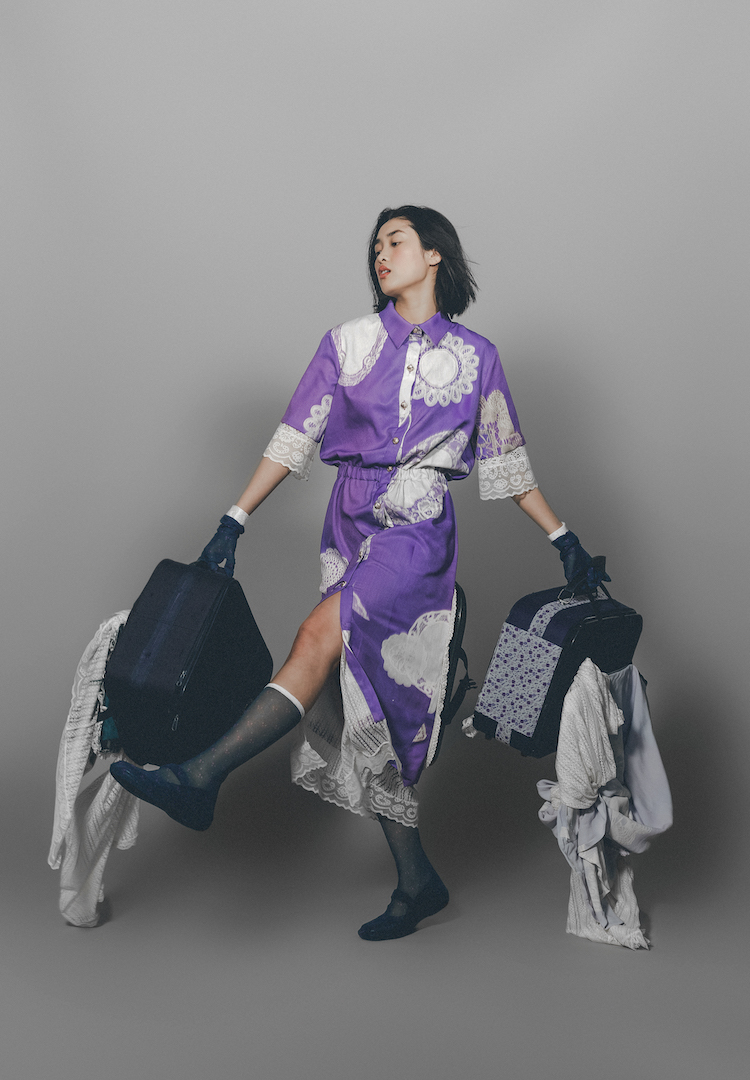
Texts such as Cold Enough For Snow by Jessica Au, Dictionary Dressings by Femke De Vries and Collisions and Against Disappearance by Liminal inspired a subtle mood and direction in the work presented. More broadly as a designer, it is still a work in progress.
I do find through all my projects there are always themes of nostalgia, appreciation, prints and crafts included. I am often inspired by my daily observations and experiences, always thinking about how to show these in the work. I love the idea of referencing from art, performance and texts.
Tell us about the experience of putting together your graduate collection.
To be honest, it was like a continuous cycle of perseverance and almost giving up the whole year. It was one of the most intense, emotional, stressful, exciting, tiring and satisfying experiences.
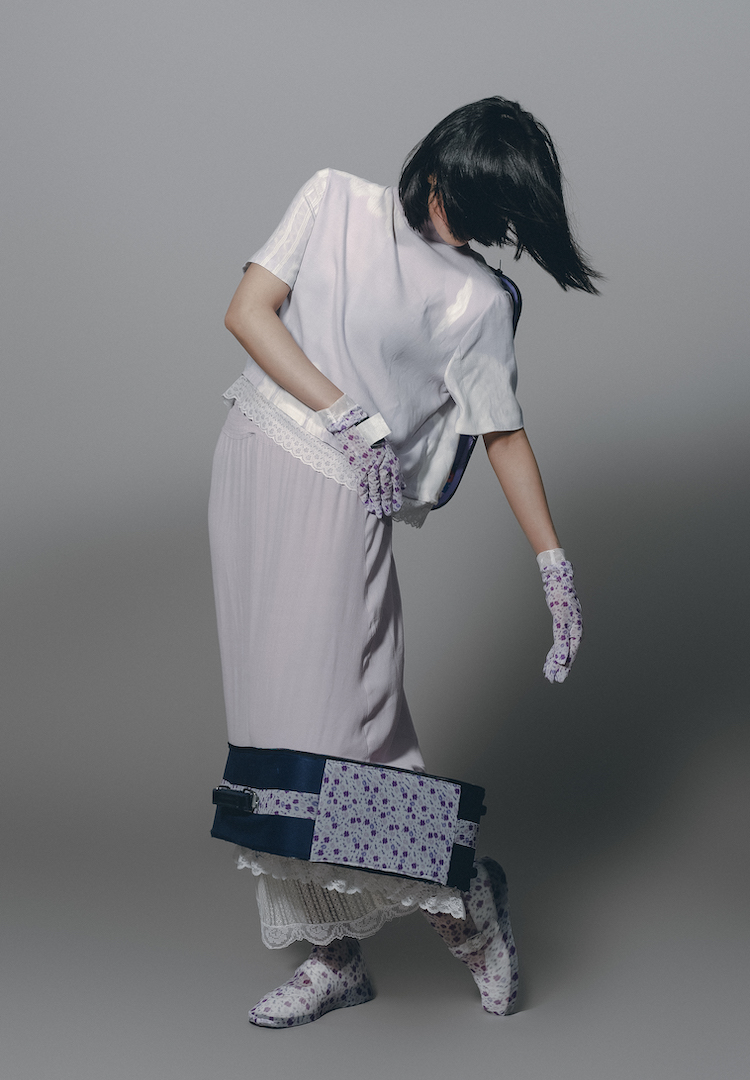
Thinking about it now, the push to design and make things you didn’t know you could, learning new skills and meeting deadlines all at the same time feels so unbelievable now. I am grateful and thankful to work alongside a supportive group of friends and teachers, pushing my limits in the best ways.
What part does sustainability play in your design practice? And other ethical considerations?
For me, I think a big part lies in questioning the purpose of design, making, function and use itself. When I first looked at my grandma’s clothes, I knew I would never wear them, but also because of the memories with her, I can’t dispose of them either. I kept thinking about what else I could do with it or how it could become wearable. I grew up being told to never waste anything, so I think this is where the thinking came from.
Who do you think is most exciting in Australian fashion right now?
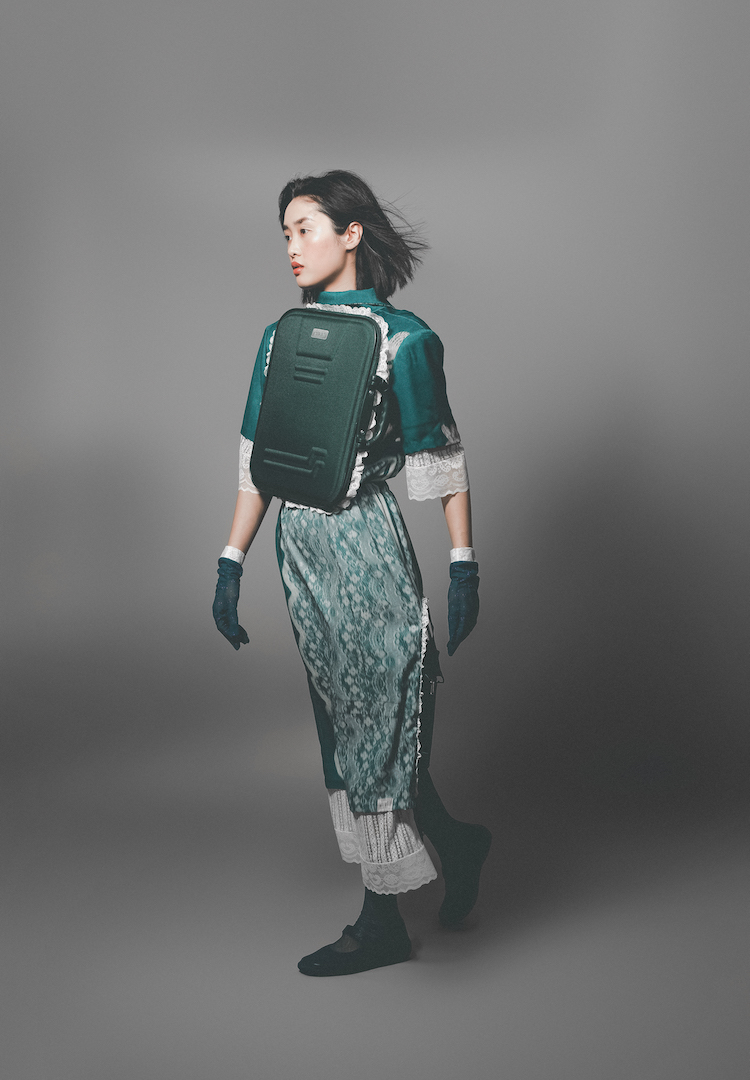
Wackie Ju, DNJ Paper and Amy Lawrance come to mind. The changes in the way fashion is being seen or understood through slow making, performance, storytelling and hand craftsmanship amaze me. The way we are opening up to new experiences and representation is exciting.
What about the Australian fashion industry needs to change?
It is exciting how there is more cultural representation and support for the people of colour creative community, but there can still be a lot more done in mainstream fashion. Not only support for the creatives as individuals but also education and recognition.
To view more of Leanne’s work, head here. You can get your tickets to PayPal Melbourne Fashion Festival’s National Graduate Showcase x Emporium Melbourne here.

